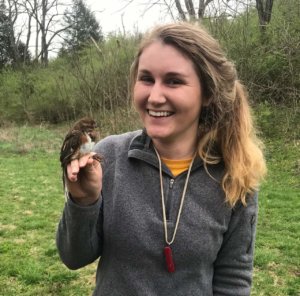
What the proposed federal protection means and how you can help save this iconic species.
The monarch butterfly has been a hot topic in the media, with numerous headlines and reports highlighting its conservation status. Many know this iconic species has been proposed for federal protection under the Endangered Species Act as of December 2024.
But what does this mean, and what can we do to help?
The Monarch’s Federal Protection Status
United States Fish and Wildlife Service (USFWS) has been collecting data for years to assess the conservation status of the monarch butterfly. After extensive research into current populations and future projections, the agency has proposed listing the monarch as a threatened species under the Endangered Species Act.
Once finalized, this designation will provide federal protection for monarchs throughout the United States. However, it’s important to note that USFWS has no jurisdiction outside the U.S., meaning this action does not establish regulations in Mexico or Canada—both critical regions for the monarch’s annual migration.
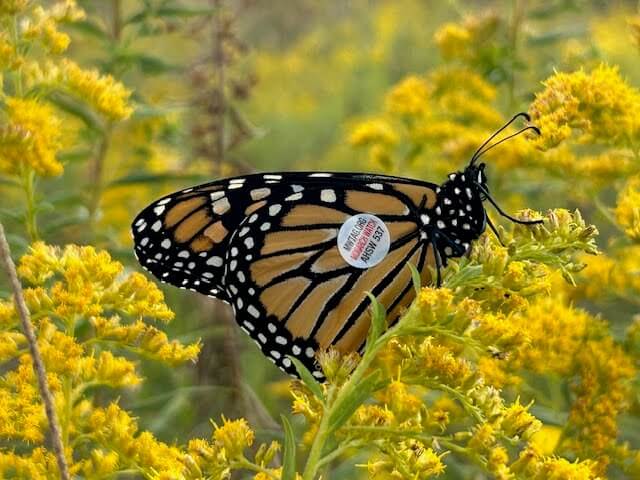
What’s Next? The Federal Listing Process
Therefore, as the process moves forward, it’s essential to understand what to expect and how you can stay involved.
Federal listing process can be lengthy—a final decision isn’t expected until the end of 2025 at the earliest.
Here’s a breakdown of what happens next:
- Public Comment Period – Once a proposed rule is published, the public can provide feedback for 60 days.
- Review & Analysis – USFWS will assess public input and further evaluate the species’ status.
- Final Decision – A ruling will determine whether the monarch will receive federal protection.
Regardless of the timeline, the monarch butterfly needs help now!
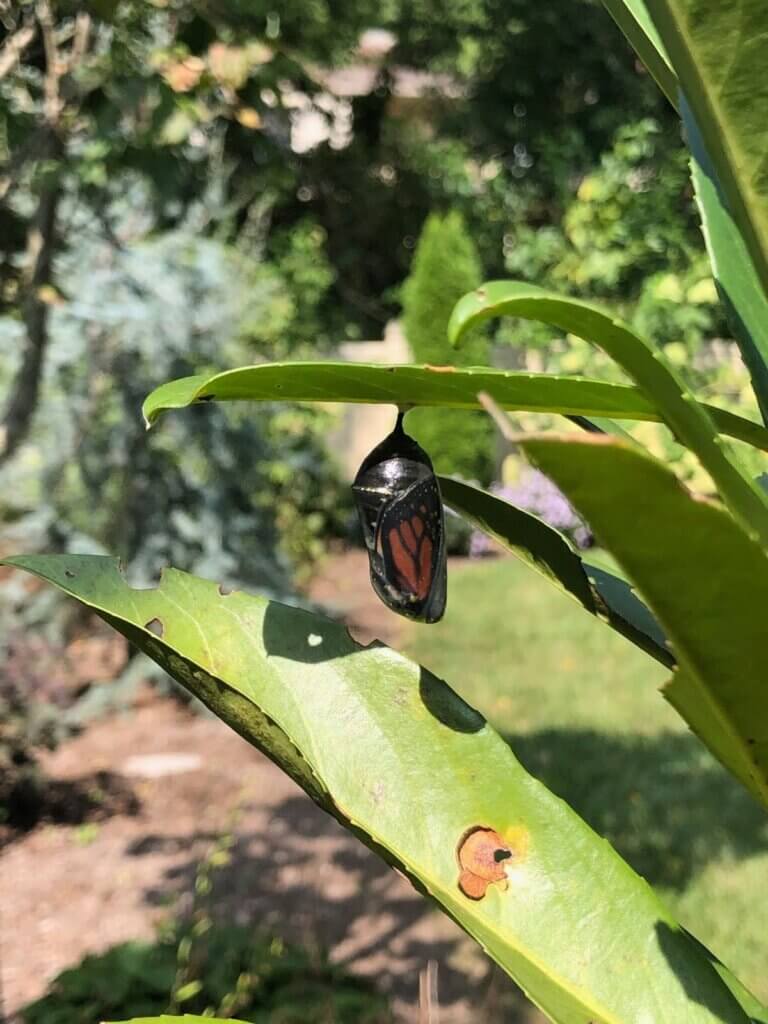
How You Can Help the Monarch Butterfly
1. Plant Milkweed – The Monarch’s Host Plant
One of the most effective ways to support monarchs is by planting native milkweed—the sole food source for monarch caterpillars.
🔹 Find the right milkweed for your region – Check with a local nursery, garden club, or conservation organization to source native milkweed species. We have a great resource here: Plant a Pollinator Garden
🔹 Grow from seed – Many species require a cold-stratification period (mimicking winter conditions) to germinate. If necessary, store seeds in the refrigerator for a period before planting.
🔹 Provide nectar plants – Monarchs also need nectar from flowers during spring, summer, and fall migrations.
🌿 Create a Monarch Waystation! – Planting milkweed and nectar sources can register your habitat as a Monarch Waystation through Monarch Watch. This program helps track monarch-friendly habitats across the U.S.
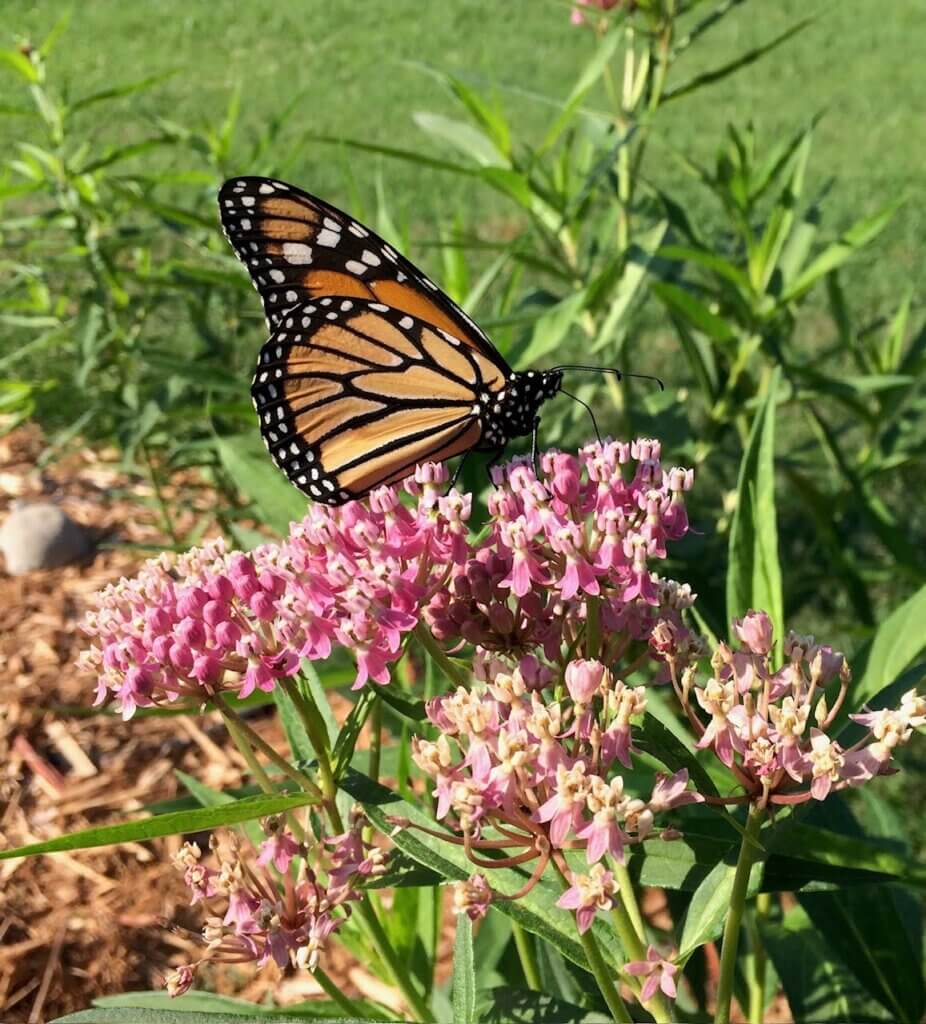
2. Join a Monarch Conservation Program
You can still participate if you don’t have space for a garden! Consider joining a citizen science project to help track monarch populations:
🦋 Journey North – Report first sightings of monarchs during migration.
🦋 Monarch Watch – Participate in the monarch tagging program (Eastern migratory population).
🦋 Project Monarch Health – Help track diseases and parasites affecting monarchs.
🦋 Monarch Larva Monitoring Project – Collect data on monarch caterpillars and milkweed habitats.
🦋 Integrated Monarch Monitoring Program – Track monarch and plant data across different landscapes.
🦋 Monarchs Matter – Engage in community efforts and advocacy for monarch conservation.

Protecting Monarch Overwintering Grounds
So, how do we help in Mexico?
Monarchs migrate thousands of miles to overwintering grounds in Mexico, relying on forested habitats for survival. Unfortunately, deforestation has shrunk these crucial wintering sites.
This is where Forests for Monarchs comes in. 🌲
By planting trees to restore monarch habitat, we are helping rebuild the forests that these butterflies depend on. Donating to Forests for Monarchs is a direct way to support monarch conservation and preserve their overwintering habitat.
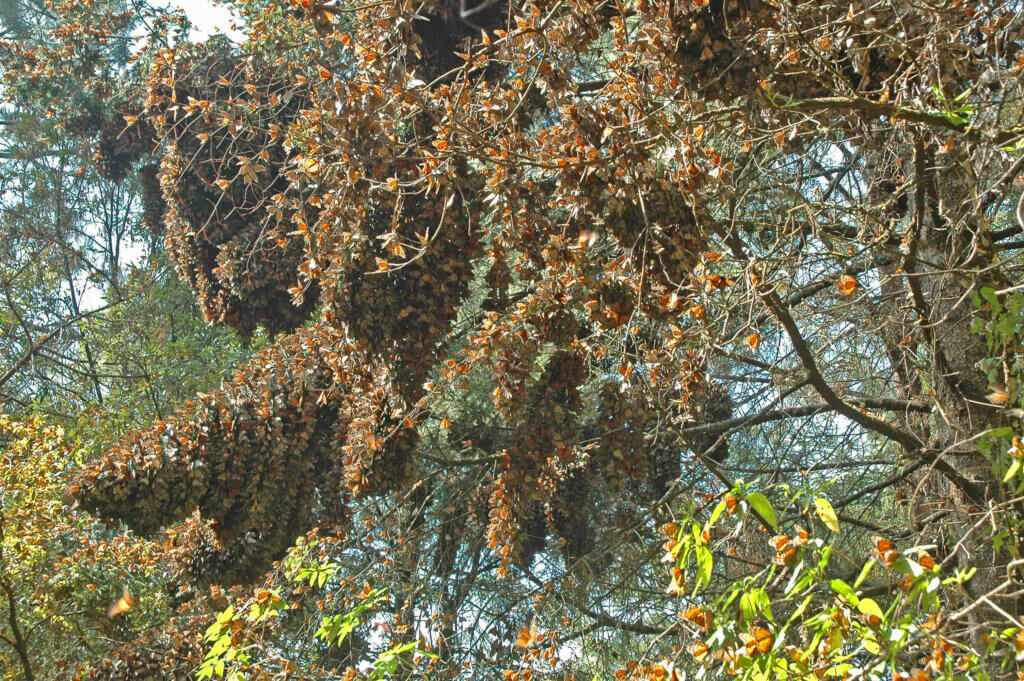
Every Effort Counts!
Whether you’re just getting started or already involved in conservation efforts, every action helps.
No matter how big or small your contribution—whether planting milkweed, joining a citizen science project, or donating to conservation efforts—makes a difference for the monarch butterfly.
🌿 Thank you for helping protect this incredible species! 🦋
Learn more about pollinator gardening and health:
- Optimizing Milkweed in Gardening
- Preparing Your Pollinator Garden for Spring
- Urban Pollinator Garden
STAY INFORMED
To receive the most up-to-date information on monarch conservation efforts, the state of the monarch population, and what is being done to help, sign up for our e-newsletter: SIGN UP HERE. Visit our blog, The Pollinator Chronicles, for more information on the monarch butterfly.

